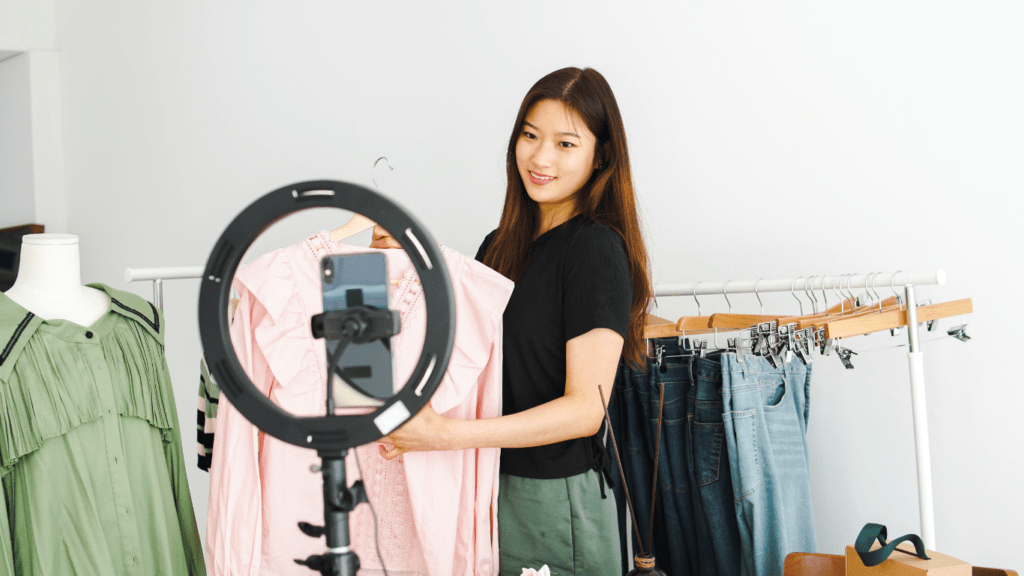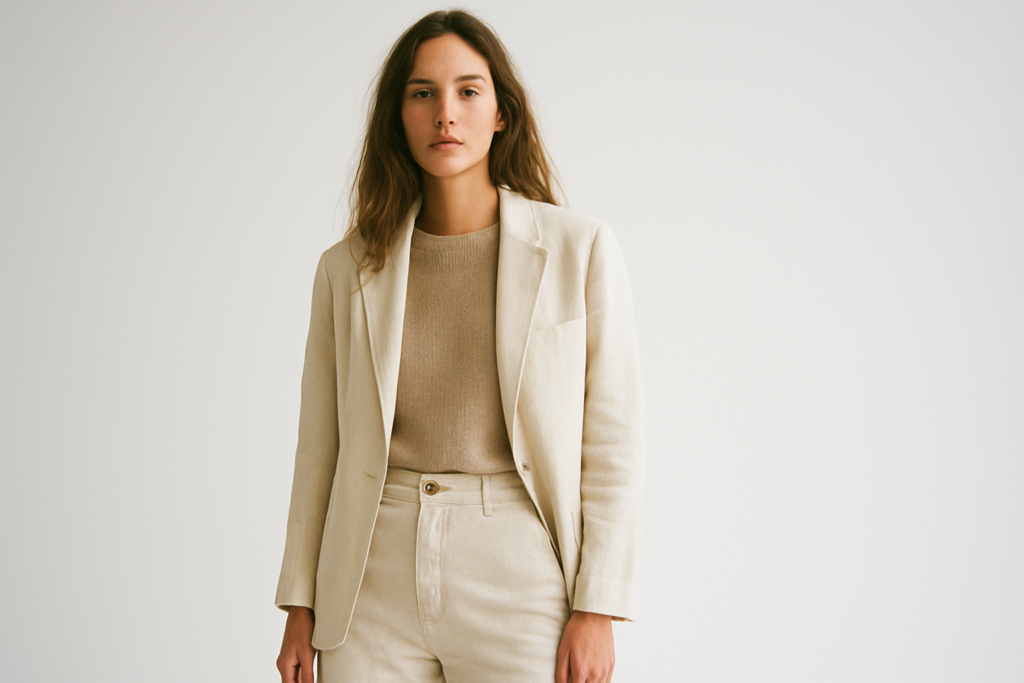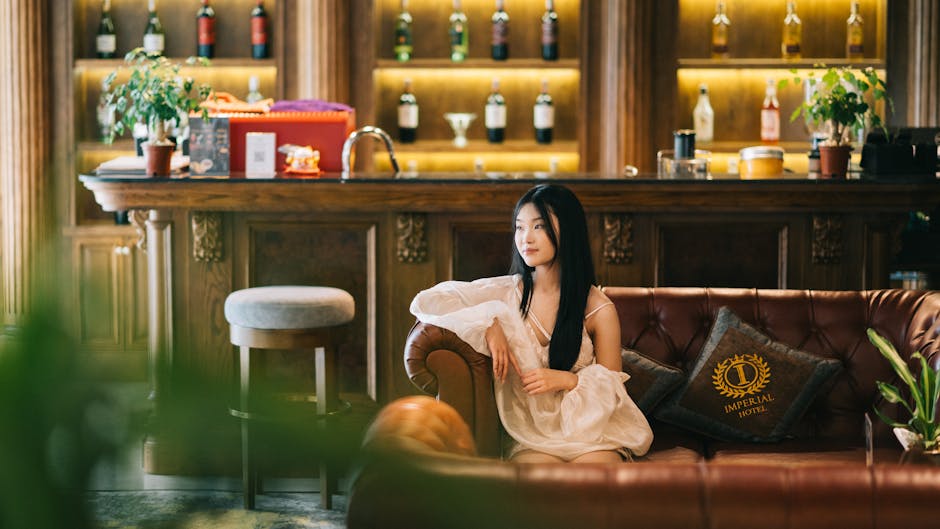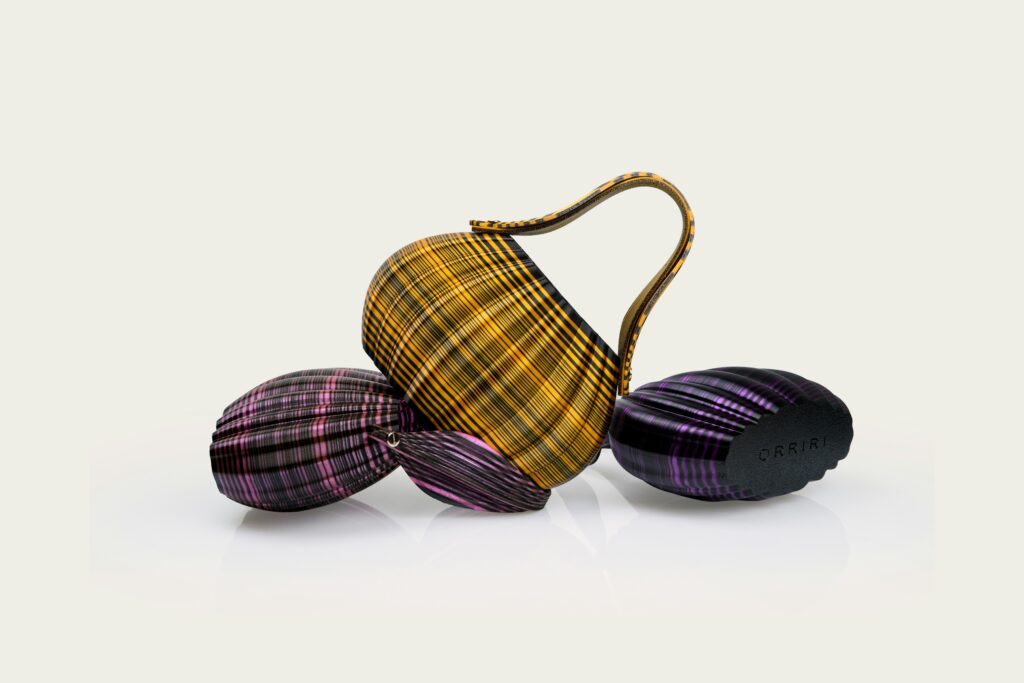In today’s digital age, social media influencers have revolutionized the way luxury fashion brands connect with consumers. As a fashion enthusiast and content creator, I’ve witnessed firsthand the profound impact influencers wield in shaping trends and driving sales in the industry.
From Instagram to YouTube, these influencers have become tastemakers, influencing purchasing decisions and setting the tone for what’s considered fashionable and desirable. Through strategic partnerships and authentic storytelling, influencers have the power to elevate a brand’s visibility and credibility, ultimately translating into increased sales and brand loyalty.
As I delve into the intricate relationship between social media influencers and luxury fashion sales, I’ll explore the nuances of this dynamic landscape and uncover the strategies that propel these collaborations to success.
Influence of Social Media Influencers on Luxury Fashion Sales
Discussing the influence of social media influencers on luxury fashion sales is vital in understanding the dynamics of consumer behavior in today’s digital age. Influencers hold immense power in shaping purchasing decisions and driving trends within the luxury fashion industry.
Collaborating with influencers has become a cornerstone strategy for brands looking to boost visibility and credibility in the highly competitive market. Influencers’ ability to create authentic and engaging content resonates with their followers, leading to increased brand awareness and, ultimately, higher sales for luxury fashion brands.
By strategically partnering with influencers who align with their brand values and target audience, luxury fashion houses can leverage the influencer’s reach and engagement to drive conversions and foster brand loyalty.
Analyzing the impact of social media influencers on luxury fashion sales provides valuable insights into the effectiveness of influencer marketing strategies. Brands can measure the return on investment by monitoring key performance indicators such as engagement rates, website traffic, and direct sales generated through influencer collaborations.
Understanding the nuances of influencer partnerships is essential for luxury fashion brands to stay relevant and capitalize on the ever-evolving digital landscape.
Types of Social Media Influencers in the Fashion Industry
- Social media influencers significantly impact consumer behavior and trendsetting in the fashion industry.
- Luxury brands leverage influencer collaborations to boost visibility and credibility in a competitive market.
Mega-Influencers
As a fashion brand, partnering with mega-influencers who have millions of followers can significantly amplify brand reach and exposure. These influencers are often celebrities or well-known personalities in the fashion world. Their large following allows luxury brands to tap into a massive audience and generate high levels of engagement.
Macro-Influencers
Macro-influencers, with followers ranging from 100,000 to a million, offer a balance between reach and engagement. Collaborating with macro-influencers can help luxury fashion brands connect with a diverse yet substantial audience.
Their influence can drive brand awareness and create a buzz around new collections or products.
Micro-Influencers
Micro-influencers, typically with followers between 10,000 to 100,000, focus on niche markets and cater to specific interests within the fashion industry. Partnering with micro-influencers allows luxury brands to target a more defined audience segment and create authentic connections with potential customers.
Their followers value their recommendations and opinions, leading to higher engagement and conversion rates.
Collaborations between Luxury Brands and Social Media Influencers
Exploring collaborations between luxury brands and social media influencers showcases the dynamic partnerships reshaping the fashion landscape. Partnering with influencers provides luxury brands with unparalleled access to engaged audiences, driving brand visibility and customer engagement to new heights.
These collaborations strategically blend the allure of luxury fashion with the authenticity and relatability of influencers, creating a powerful synergy that resonates with consumers in the digital realm. Engaging mega-influencers, with their vast reach reaching millions of followers, allows luxury brands to amplify their reach exponentially.
This broad exposure enhances brand recognition and extends the brand’s influence across diverse demographics, laying a solid foundation for market penetration and brand growth. Mega-influencers act as high-impact brand advocates, leveraging their massive following to create buzz and excitement around luxury fashion offerings.
Incorporating macro-influencers, who maintain follower counts ranging from 100,000 to a million, into collaborations brings a strategic balance of reach and engagement. These influencers possess a sizable audience base with a deep level of engagement, making them instrumental in driving meaningful interactions and fostering brand affinity.
Their ability to strike a chord with followers on a more personal level enhances the credibility and authenticity of luxury brands, forging lasting connections with consumers. Working with micro-influencers, whose followers range between 10,000 to 100,000, offers luxury fashion brands a targeted approach to niche market segments.
Micro-influencers specialize in niche interests and cater to specific communities, making them potent allies in reaching highly engaged and loyal audiences. Leveraging micro-influencers’ specialized appeal enables luxury brands to tap into niche markets, create tailored content, and establish authentic connections that resonate deeply with consumers.
Analyzing key performance indicators of influencer collaborations equips luxury brands with valuable insights to measure the efficacy of their marketing initiatives. By tracking metrics such as engagement rates, click-through rates, and conversions, brands can evaluate the impact of influencer campaigns, refine their strategies, and optimize their market performance.
This data-driven approach empowers luxury fashion houses to adapt to evolving consumer preferences, enhance brand visibility, and drive sustainable growth in an ever-evolving digital landscape.
Measuring the Effectiveness of Influencer Marketing in Luxury Fashion Sales
Analyzing the impact of influencer marketing on luxury fashion sales is crucial in gauging the success of collaborations between brands and influencers. By tracking key performance indicators (KPIs), brands can assess the effectiveness of their influencer campaigns, adapt strategies to align with current digital trends, and drive sustained growth in the competitive luxury fashion market.
Reflecting on my experience, tracking KPIs such as engagement rate, click-through rates, conversions, and return on investment (ROI) provides valuable insights into the performance of influencer campaigns. These metrics offer a comprehensive view of how influencers are influencing consumer behavior, driving traffic to luxury fashion websites, and ultimately impacting sales.
In my analysis, I’ve found that engagement rate, measured by likes, comments, and shares on influencer posts, indicates the level of audience interaction and interest in the brand. Higher engagement rates often correlate with increased brand visibility and can lead to enhanced brand recognition and preference among consumers.
Additionally, monitoring click-through rates from influencer-generated content to the brand’s website allows for a direct assessment of traffic generated by influencer partnerships. By analyzing the conversion rate of this traffic, brands can measure the effectiveness of influencer content in driving actual sales and transactions in the luxury fashion sector.
Calculating the ROI of influencer collaborations involves comparing the costs associated with partnering with influencers to the revenue generated from these campaigns. This metric provides a clear indication of the financial impact of influencer marketing efforts on luxury fashion sales and helps brands allocate resources effectively to achieve optimal results.
By measuring KPIs related to influencer marketing, luxury fashion brands can gain valuable insights into the performance of their campaigns, adjust strategies based on data-driven decisions, and ultimately drive success in leveraging the influence of social media influencers to boost sales and brand awareness.
The Future of Influencer Marketing in the Luxury Fashion Industry
Expanding on the discussion, I’ll explore the future trajectory of influencer marketing within the luxury fashion sector. As brands navigate the evolving landscape, they must anticipate upcoming trends and advancements to stay ahead in the competitive market.
Diving deeper into the realm of influencer partnerships, one can expect a shift towards more authentic collaborations. In the coming years, the focus may pivot from mere brand endorsements to long-term relationships that resonate with the audience on a deeper level.
This shift will foster genuine connections and trust between influencers and their followers, ultimately driving higher engagement rates and brand loyalty. Furthermore, technological innovations are poised to revolutionize the way luxury brands approach influencer marketing.
With the rise of augmented reality (AR) and virtual reality (VR) experiences, influencers may soon immerse their audiences in interactive and personalized fashion narratives. This immersive approach is anticipated to enhance the overall shopping experience, leading to increased conversion rates and customer satisfaction. Additionally, the integration of voiceover AI into influencer campaigns can provide a more dynamic and tailored content delivery, elevating the user experience and increasing the relevance of messages to diverse audiences.
In terms of metrics and performance evaluation, the future of influencer marketing will likely see a greater emphasis on data-driven strategies. Brands will increasingly leverage advanced analytics tools to measure the impact of influencer campaigns accurately.
By analyzing real-time data on consumer behavior, preferences, and purchase patterns, brands can fine-tune their strategies, optimize ROI, and ensure that influencer collaborations yield tangible results. The future of influencer marketing in the luxury fashion industry is marked by a shift towards authenticity, technological integration, and data-driven insights.
As brands adapt to these changes, they will harness the full potential of influencer partnerships to drive growth, enhance brand visibility, and create meaningful connections with consumers in an ever-evolving digital landscape.






